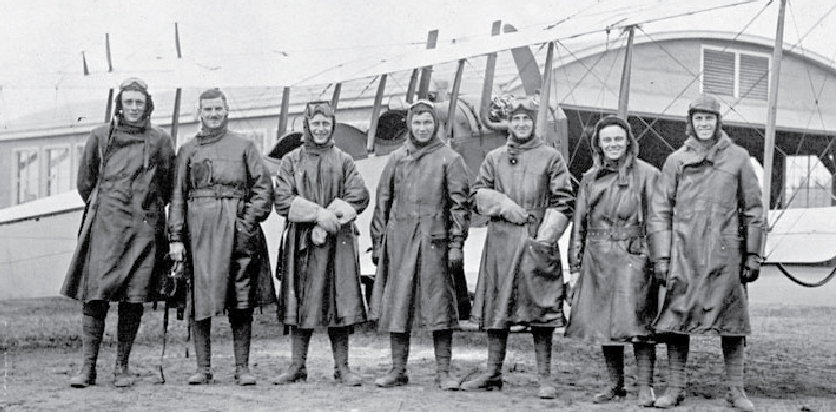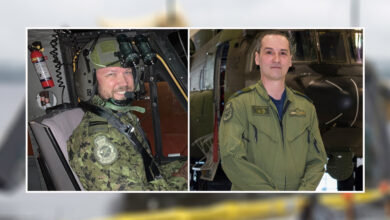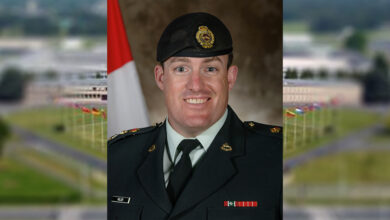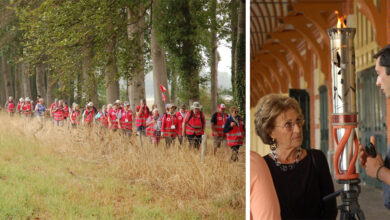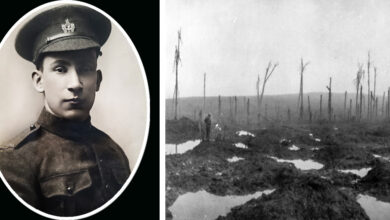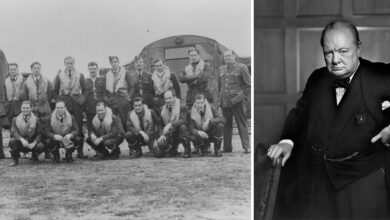Remembering
RCAF celebrating 100th anniversary of first military pilot training in Canada.
The Royal Canadian Air Force (RCAF) is celebrating the 100th anniversary of the first military pilot training in Canada, a program that was key to establishing future training programs and helped Canada to make a mark on the world stage.
Established in late January 1917, the Royal Flying Corps Canada (RFCC) recruited and trained Canadians for service in the Royal Flying Corp during the First World War.
“The Royal Flying Corps Canada, established only eight years after Canada’s first controlled, powered, heavier-than-air flight took place in Baddeck, Nova Scotia, had a powerful effect on ‘airmindedness’ in Canada. Air and ground crew came from across Canada as our nation undertook, for the first time in its history, a complex aviation project that included both manufacturing and training. As we mark the 100th anniversary of the program, we honour the service and sacrifice of the Canadian pilots who took their skills to Europe and eventual victory, as well as the service of the men and women who worked as instructors, groundcrew and support staff during this ground-breaking program,” said LGen. Michael Hood, Commander, RCAF.
In just two months after the RFCC was established, the first purpose-built and largest military aerodrome was built at Camp Borden, in Ontario. The first cadets then arrived here on March 28 and just two days later the first flight took place.
The RFCC was the first military pilot training to take place in Canada. Before the RFCC was established, Canadians wanting to join the RFC typically had to transfer from the Army or obtain a basic flying certificate from a private company and then travel to Great Britain.
Although the program was run by military staff from Great Britain an estimated 70 per cent of the instructors and a majority of the non-flying staff were Canadians. Additionally, the program employed the Canadian-built JN-4 aircraft, built by Canadian Aeroplanes Limited with an engine manufactured in the United States.
By the end of the war, it is estimated that 9,200 cadets had been enlisted and 3,135 had graduated. Of these, about 2,500 had gone overseas and another 300 were ready to depart when fighting ended. Also, 187 observers were trained and more than 7,400 were trained as mechanics, or groundcrew, to support the student pilots.
The RFCC also employed more than 1,000 civilian women, mainly working as mechanics and drivers.
Additionally, the RFCC trained approximately 400 pilots and approximately 1,600 ground crew for the American forces.
The program is said to have inspired the establishment of the British Commonwealth Air Training Plan (BCATP), a notable contribution made by Canada during the war effort in the Second World War.
“[The pilots’ and ground tradesmen’s] exposure to aviation and their knowledge of it permeated the public consciousness in the interwar years and helped foster a climate sympathetic to the role of the aeroplane in Canadian development and communications. It is hardly too much to say that [RFC Canada] was the single most powerful influence in bringing the air age to Canada,” stated S.F. Wise, historian and author of Canadian Airmen and the First World War: The Official History of the Royal Canadian Air Force Volume I.
After the end of World War One, on April 1, 1918, the RFCC became the Royal Air Force Canada (RAFC) as the RFC and Royal Naval Air Service amalgamated to form the Royal Air Force.
A commemorative event is scheduled later this year at 16 Wing Borden. Events include a memorial service for the first cadet killed during training at Camp Borden, the rededication of a memorial cairn and an open house at CFB Borden.


